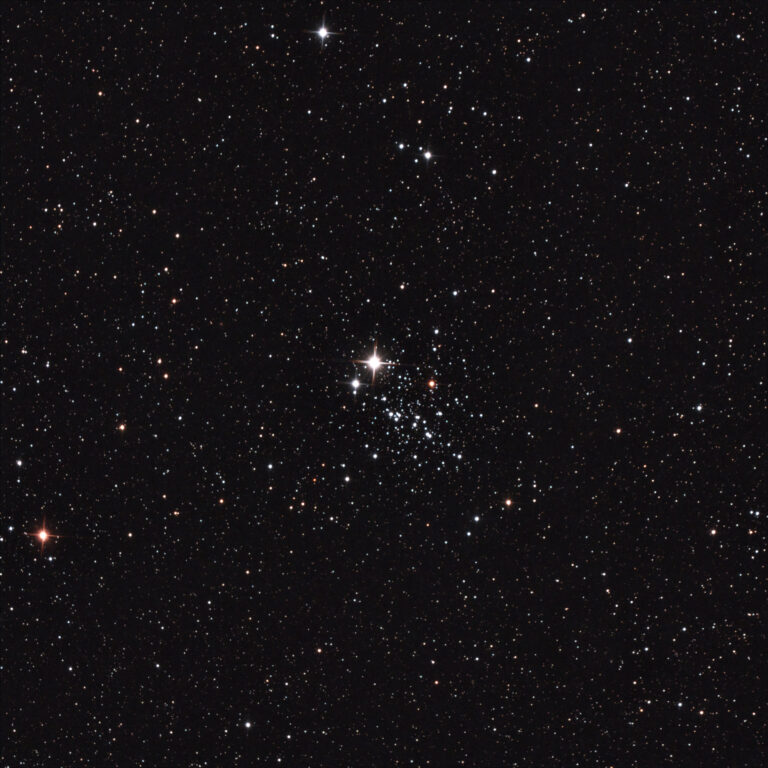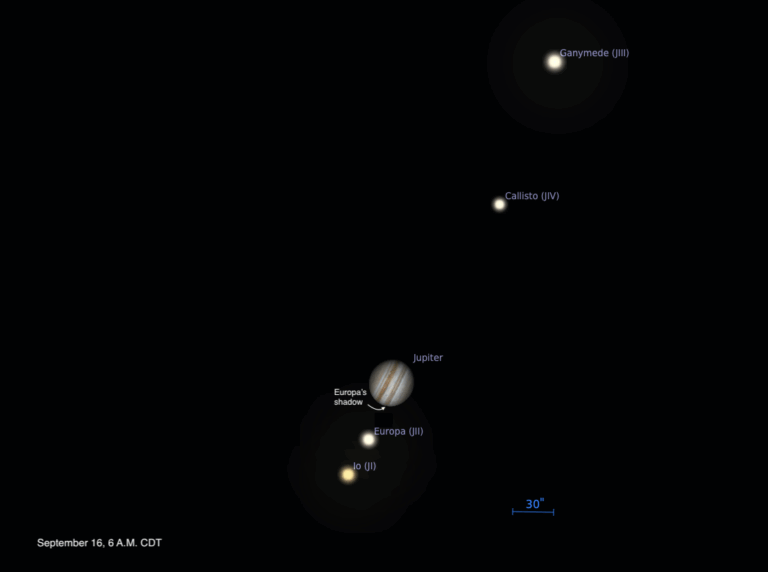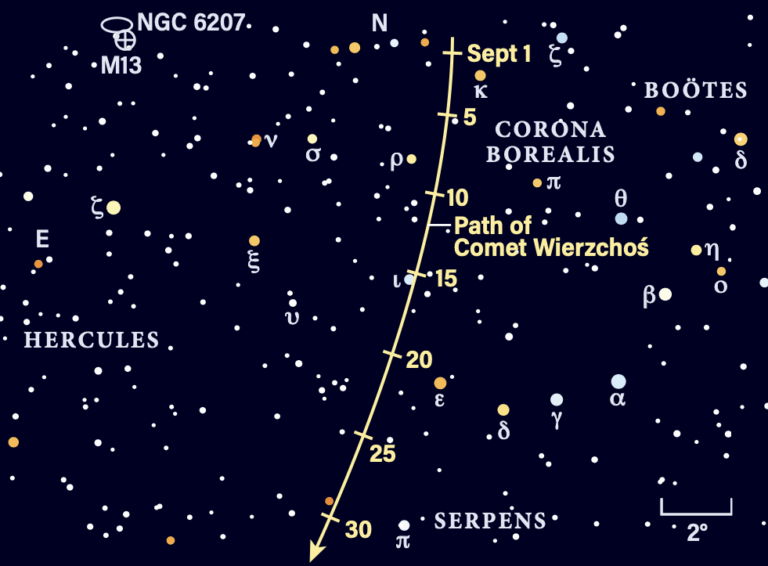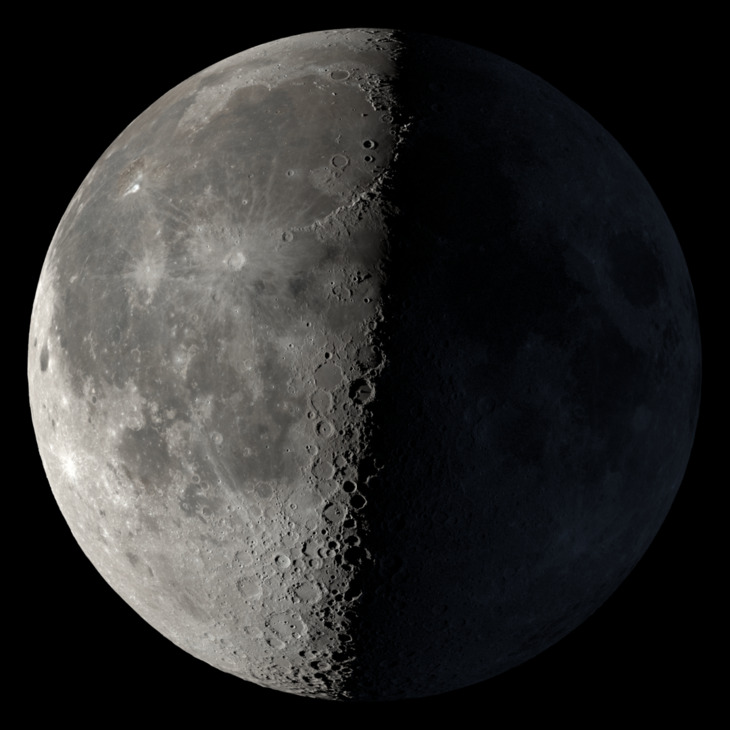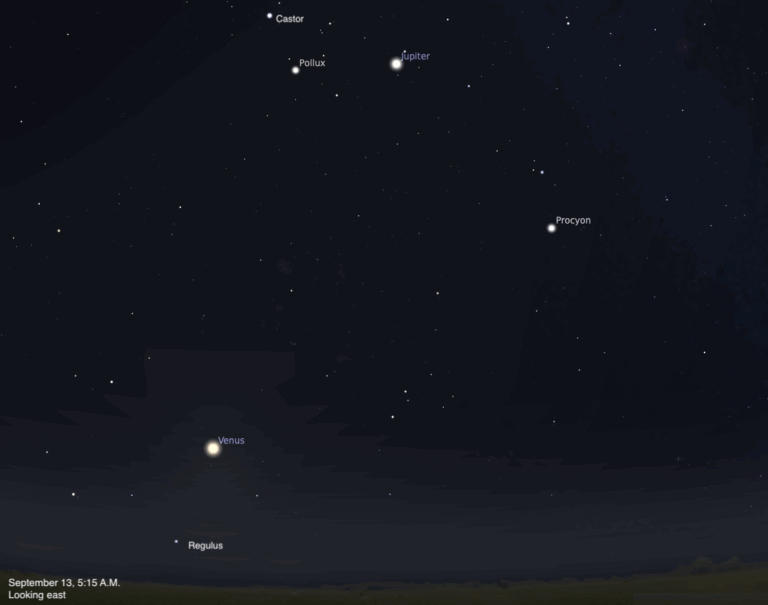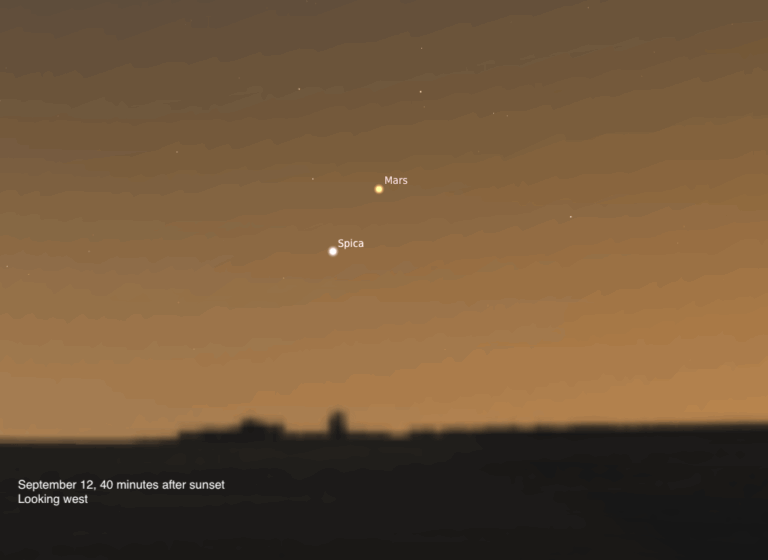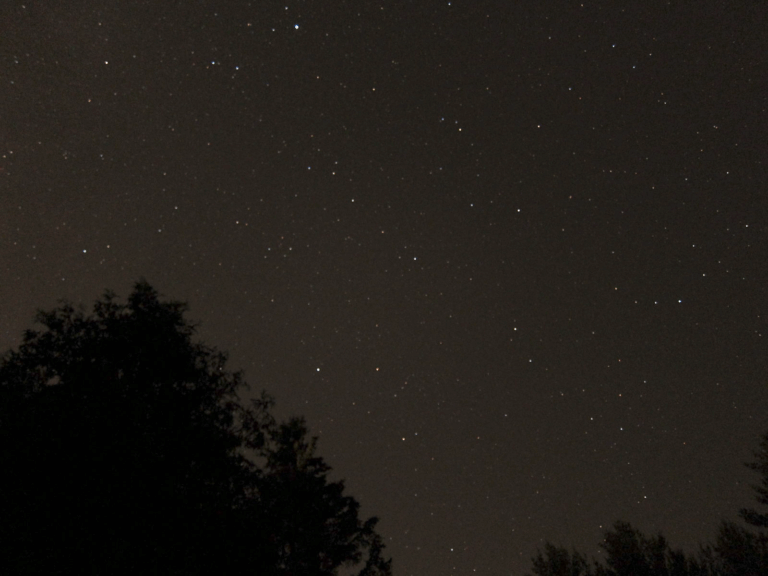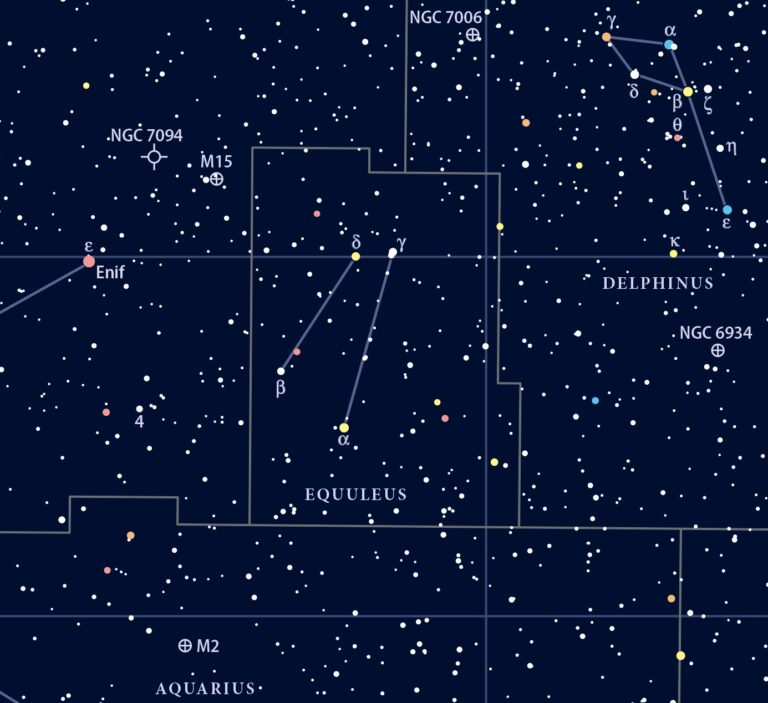Key Takeaways:
Friday night, February 10, plan once again to get out your lawn chairs, binoculars, and low-power eyepieces. And considering the time of year, you better add some blankets. A penumbral lunar eclipse is on its way.
A lunar eclipse occurs when the Moon, in orbit around Earth, passes into Earth’s shadow. Because the Sun isn’t a point of light, our planet’s shadow has two parts — the inner, darker umbra and the outer, lighter penumbra. If the whole Moon enters the umbra, the eclipse is total. If the umbra hides only part of the Moon, the eclipse is partial. And if the Moon never enters the umbra, astronomers call the event a penumbral eclipse. That’s what’s happening Friday night.
Depending where you are in North America, the eclipse begins in the late afternoon or early evening. The Moon enters the penumbra at 5:32 p.m. EST. The edge of Earth’s outer shadow isn’t very dark, so Moon watchers won’t notice any dimming until around 6:15 p.m. Maximum eclipse comes at 7:44 p.m. EST. The eclipse wraps up at 9:55 p.m. EST.
Viewers in the northeastern U.S. and eastern South America can observe the whole eclipse. Unfortunately, the farther west you live, the closer the Moon will be to the eastern horizon. From the middle of the country, maximum eclipse will occur soon after moonrise. For those living in the west, moonrise doesn’t happen until after the peak. People under clear skies in Europe, Africa, and western Asia will have much better views. In those locations, the event takes place early February 11, with the Moon high in a dark sky.
And here’s a side note. During the eclipse, look about 7° to the east of the Moon for Regulus, the brightest star in the constellation Leo the Lion.


